Figures & data
Figure 1. It is wrongly assumed that a force acting locally spreads evenly over several segments of the spine.

Figure 2. The microsensors have a diameter of approximately 1.8 mm and a length of approximately 8.4 mm including the sterilizable capsule.

Figure 3. (a) 3D segmented vertebral body with landmarks for point-to-point registration. (b and c) Vertebral body model (c) and 3D segmented model (b) during position error (PE) measurements along the sagittal axis.
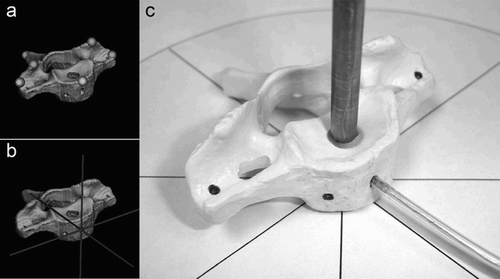
Figure 4. Computed 3D reconstruction before (c) and after (d) simulated cage-fusion C6/7 compared with a digital photograph of the pre- and post-interventional spine model (a and b).
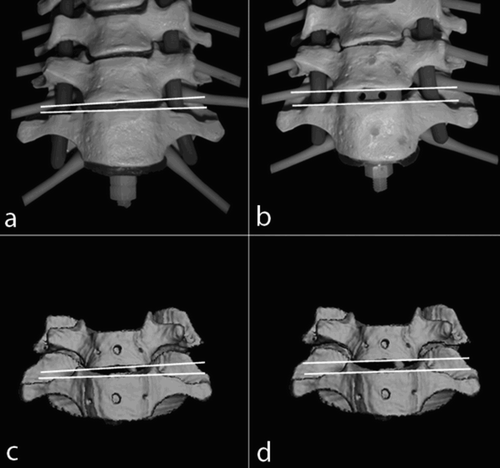
Table I. Sites of microsensor implantation
Figure 5. Due to the differing anatomy of the individual vertebral bodies of the cervical spine, different locations were sought for the intermittent implantation of microsensors.
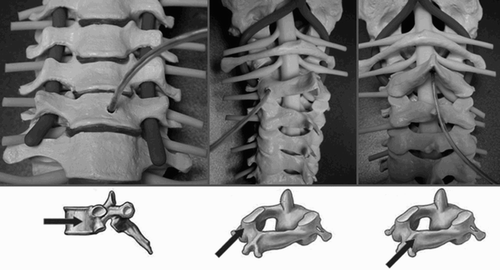
Figure 6. System monitor screenshot showing the 3D reconstruction model and axial, transverse and sagittal tomographic planes.
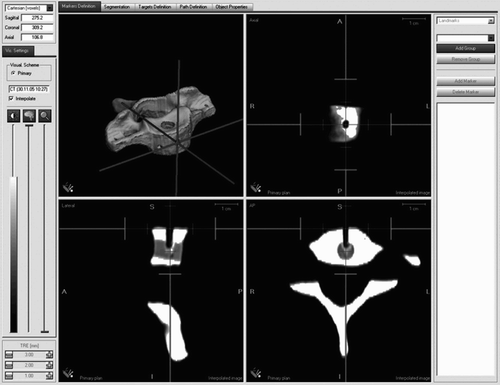
Figure 7. Mean position errors (PEr) for rotation around the longitudinal (a), sagittal (b) and transversal (c) axes.
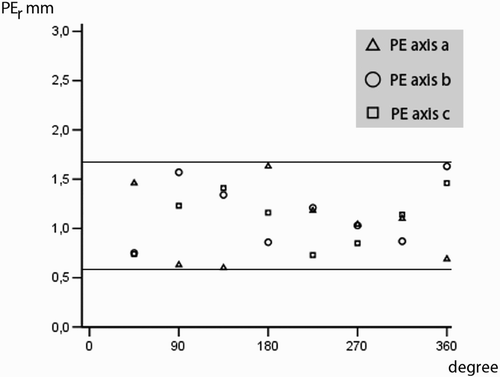
Figure 8. Mean position errors (PEs) for displacement/shift along the longitudinal (L), sagittal (S) and transversal (T) axes.
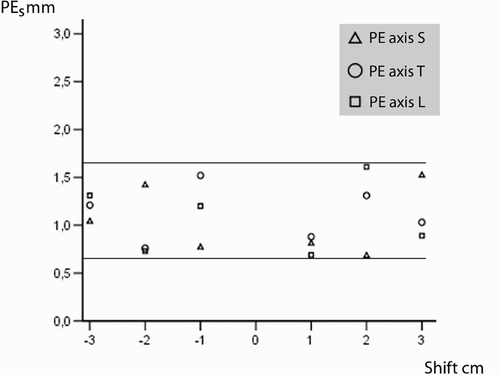
Figure 9. During the simulated surgical operations, the relative positions of the vertebral body upper plates (λ), the height of the individual space in the a.p. projection (a), the distance of the anterior edges of the body in the lateral projection (b), the distance of the spinous processes from each other in the lateral projection (c), and the angular relationship of the spinous processes in the craniocaudal projection (δ) are determined.
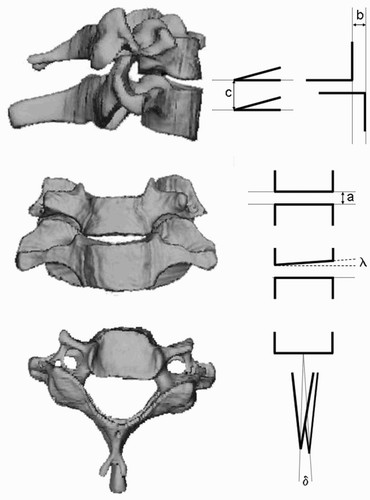
Table II. Biomechanical changes after different surgical procedures.